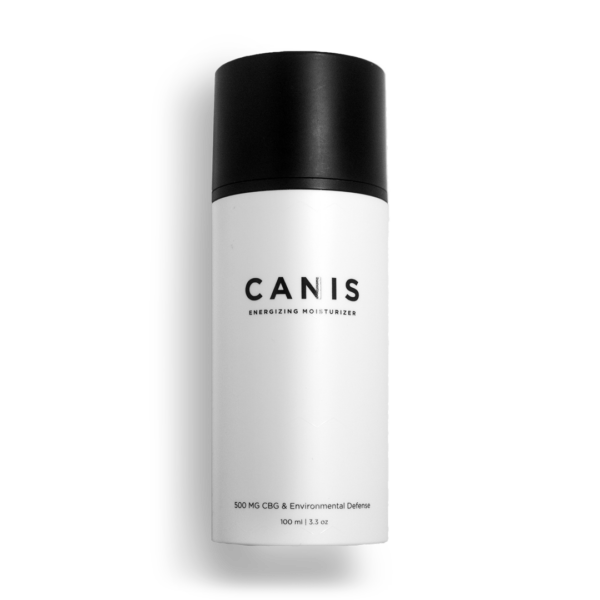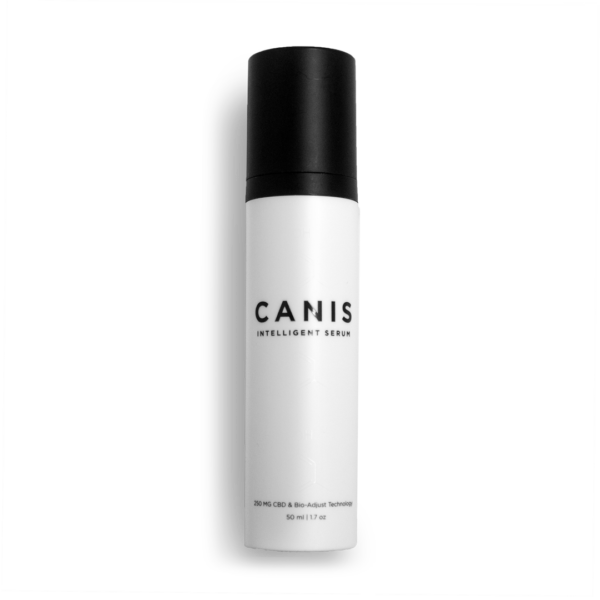Blog
Unusual (and awesome) CBD uses

Cannabidiol (CBD) is finally starting to get the recognition it deserves in the mainstream. This is great news for a lot of people as CBD uses have so much to offer. But there are still a lot of things that we need to know about it. One of those things is what CBD oil is and what it can do.
CBD basics
The main way to know how to use CBD is by knowing what it is.
over 113 chemical compounds known as cannabinoids are found in cannabis plants like hemp or marijuana. One of these cannabinoids in CBD. Tetrahydrocannabinol (THC) is another one of these cannabinoids but is much more famous. This particular cannabinoid is well-known because of the effect it has on people. THC is the cannabinoid that creates the psychoactive high that most people associate with cannabis.
Because CBD and THC are so closely associated, people tend to assume that they are completely the same. This is not true. CBD has no psychoactive effects. May help give you a sense of calm. However, unlike THC, it does not seem to have any adverse effect on cognitive functions.
Is CBD even legal?
Cannabis laws are inconsistent from state to state, so it’s not hard to see why so many people are unsure about the legal status of CBD. In December of 2018, the United States legislature did what they are supposed to do every five years, they passed a revised version of the Farm Bill. This bill effects a number of things, but most predominantly agricultural and food programs. The 2018 version included an amendment that legalized industrial hemp. They added an amendment that made growing and selling industrial hemp and hemp-derived products legal. If hemp is legal, what does that mean for CBD?
The first thing you should know is the difference between marijuana and hemp. Hemp is defined as cannabis with less than 0.3% THC content. Marijuana, on the other hand, can have much more THC. Hemp has very little THC and a lot of CBD. Making hemp legal also made hemp products legal. This means that hemp-derived CBD with less than 0.3% THC is legal across the country.
CBD products made from marijuana could be different. That all depends on your state’s cannabis laws, as marijuana is still federally illegal.
CBD’s uses
The research surrounding CBD is still considered to be very new. Some of this research has looked into how CBD can aid in creating a greater sense of peace, other research has looked into CBD’s anti-inflammatory properties. There are so many studies looking at the potential benefits of CBD, so let’s take a look at a few.
One of the biggest areas of study on CBD is how it could affect anxiety. One study done in 2011 gave CBD to people with social anxiety before they had to participate in public speaking. They found that the CBD greatly helped the participants settle their nerves and go through with the activity.
A lot of the research done on CBD is on what CBD could do to inflammation. One particularly interesting study looked at how CBD helped with the inflammation associated with a lung injury. The CBD had a very noticeable impact on the inflammation, helping reduce it. There is no end to the help this could provide.
Many studies, like this one, have looked at CBD and epilepsy. Most (if not all) of these studies have found that CBD may have a promising effect on epilepsy. In fact, the first ever CBD-based medication (called Epidiolex) is made to help with epilepsy.
Another study (among many similar to it) was aimed at understanding what effect CBD has on acne. This study found that not only did CBD appear to act as an anti-inflammatory against acne-caused inflammation, but it also reduced sebum production. This could help with acne as sebum is the oil that causes acne.
As stated before, there are many reasons why people take CBD. Now, let’s look at how much you should take.
How much CBD should I take?
This is where things get a little vague. Unfortunately, there is no exact science that tells you how much CBD to take. There isn’t a good guide showing you how to use it. This is because everyone reacts to CBD a little bit differently. Two people who seem very much alike may require different amounts of CBD to achieve the same effect.
So, if you want to take CBD you have to test things a bit. The best way to go about that is to take it slow and begin with low doses. Start your servings small and see how it makes you feel. If it seems like you can or should take more, then you can up the amount a little. It will take time, so be patient. As suggested above, if you are taking CBD isolate instead of any other kind of CBD you may have to take more to get the desired effect.
The way you use CBD could make a difference as well. Some forms of CBD product take longer to kick in than others, which may make you think that you need more when you do not. CBD oils and tinctures can be the fastest if you are placing drops under your tongue. They absorb into the bloodstream more easily like that. However, if the oils or tinctures are mixed in with food, they are likely to take longer. They will need to digest in your stomach before they can get started. This is also the case with CBD edibles. CBD creams and topicals are likely to work fairly quickly. However, these effects are going to be more localized. It’s not possible for CBD topicals placed in one area to be felt elsewhere.
If you are on any medications, be sure to consult with a healthcare professional before you start taking CBD. There are some medications that may not mix well with the cannabinoid. You should be sure to talk to your doctor first.
Other than the potential of being a poor mix with some medication, there are no serious side effects associated with CBD. There are some side effects, though. It is not uncommon for them to include nausea and fatigue. The best way to avoid these is by following the same advice that we have for figuring out how much to take; keep your servings as small as possible. If you start feeling these side effects, stop taking the CBD until they pass.






